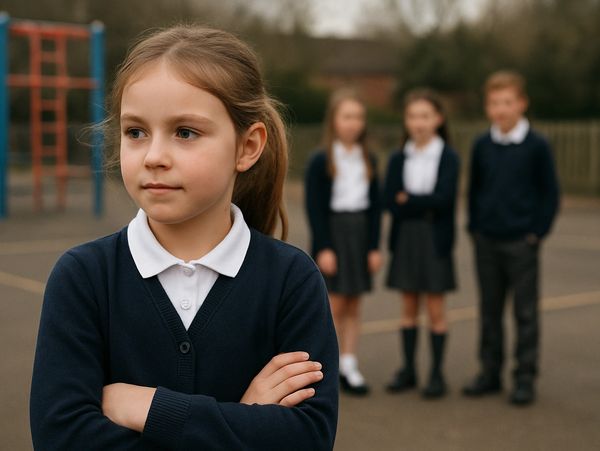What Do We Do?

Self-Protection
Self-protection is about everything you do to keep yourself safe before a situation turns physical.
It’s awareness, decision-making, and prevention — teaching children how to recognise danger, set boundaries, use their voice, and avoid unsafe situations.
For example, noticing a group of older kids acting aggressively, choosing to walk a different way, or confidently telling someone “Stop” and moving away are all self-protection skills.
The goal is simple: avoid risk, stay safe, and not have to fight at all.

Self-Defence
Self-defence comes into play only when prevention hasn’t worked and physical action is unavoidable.
It means using strikes, grappling, or escape techniques to protect yourself long enough to break free and reach safety.
For children, this isn’t about fighting back to hurt someone, but about defending themselves if grabbed, pushed, or cornered by a bully.
Self-defence is the last resort, while self-protection is the first line of defence.
Together they give children a complete toolkit: stay safe when possible, and stand strong when necessary.